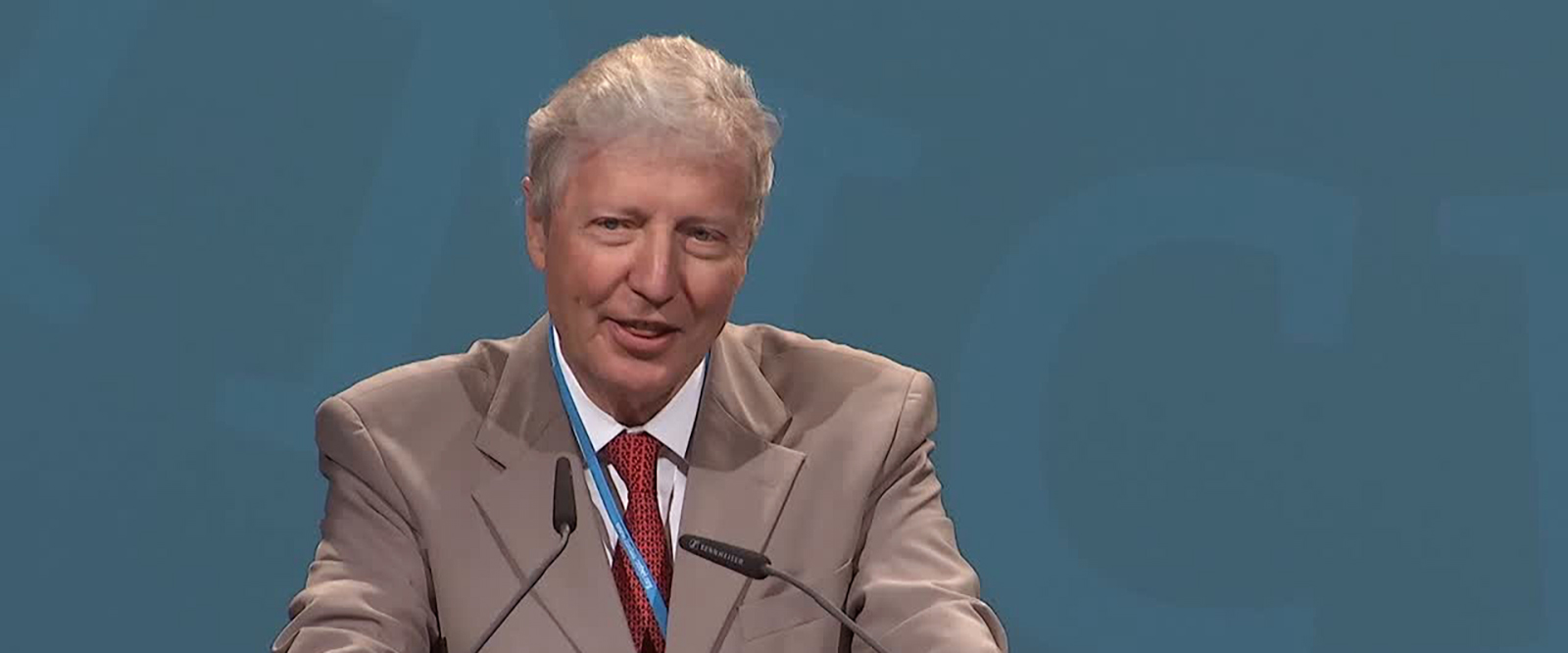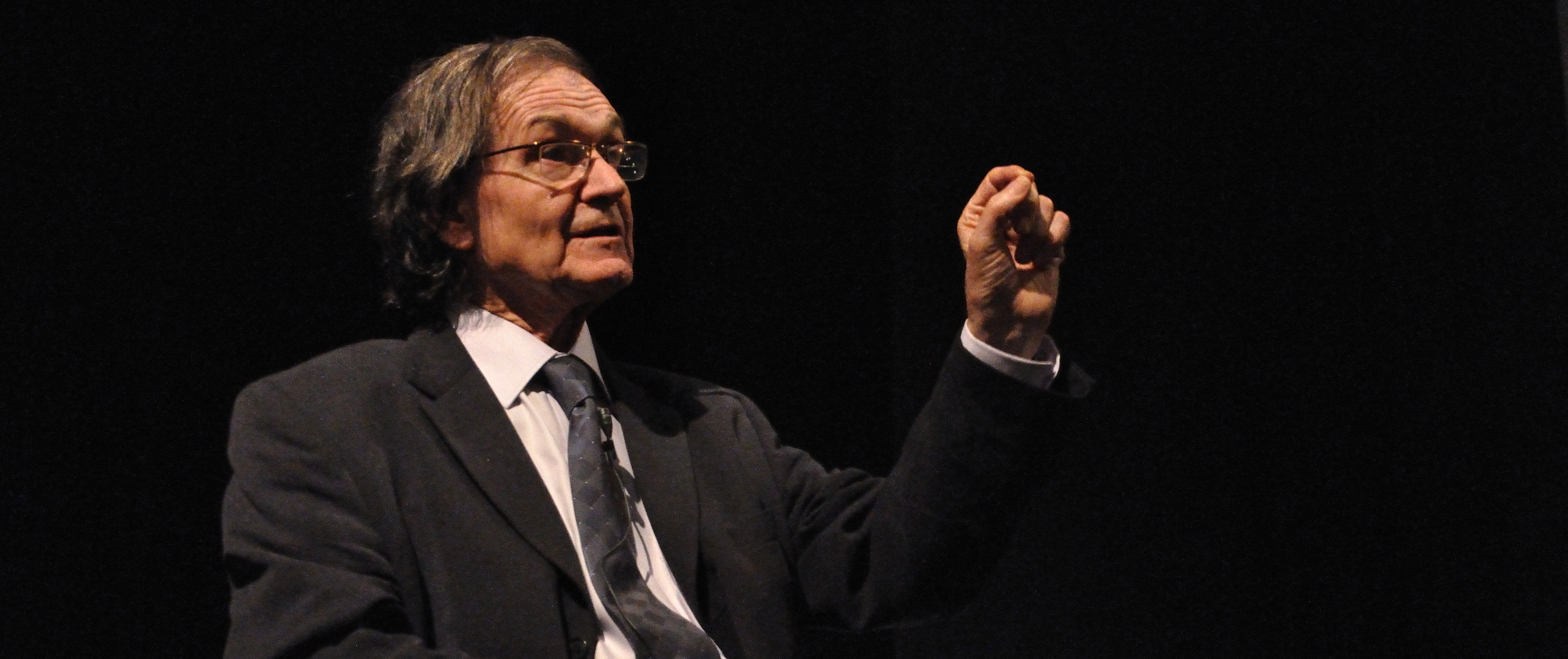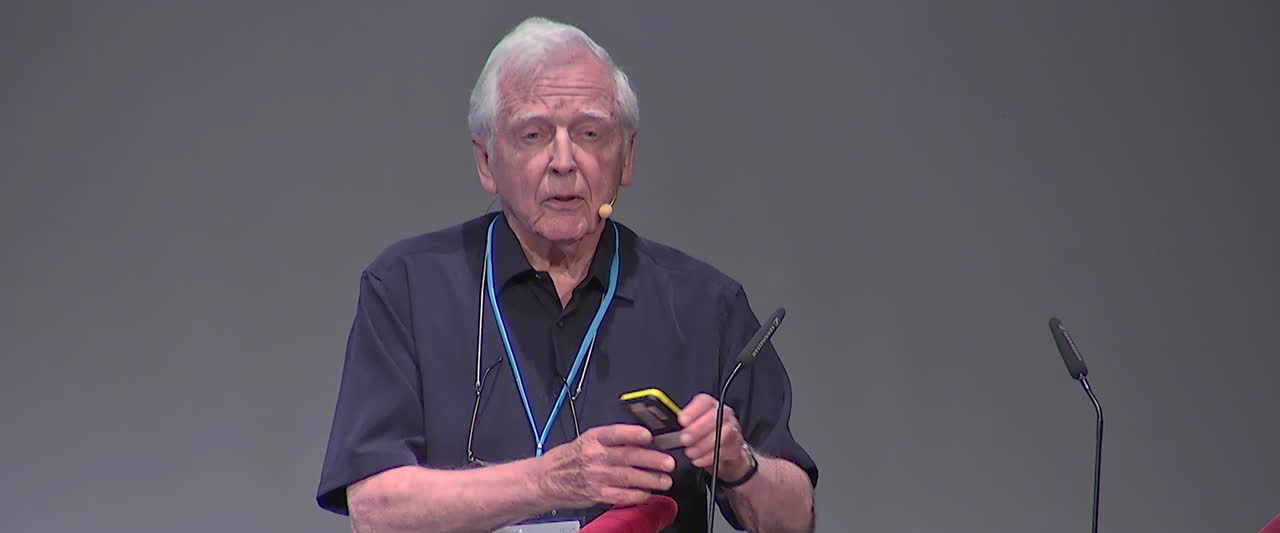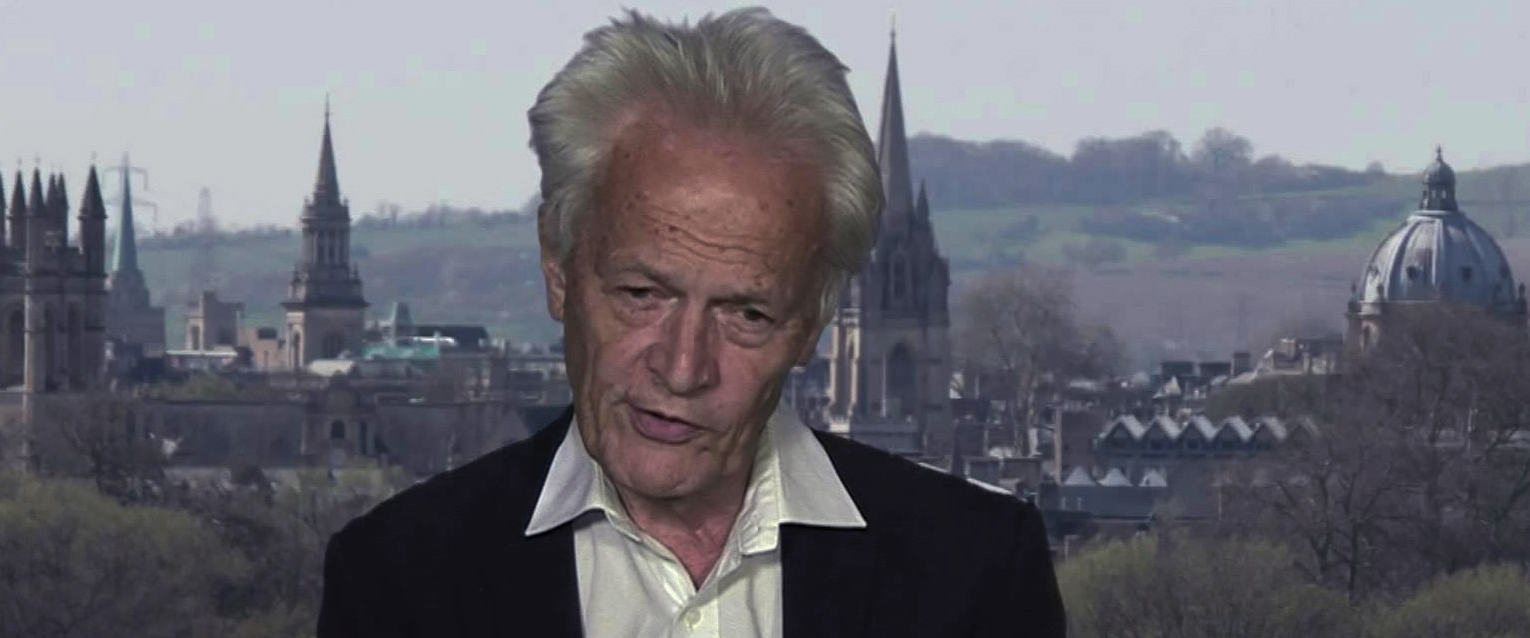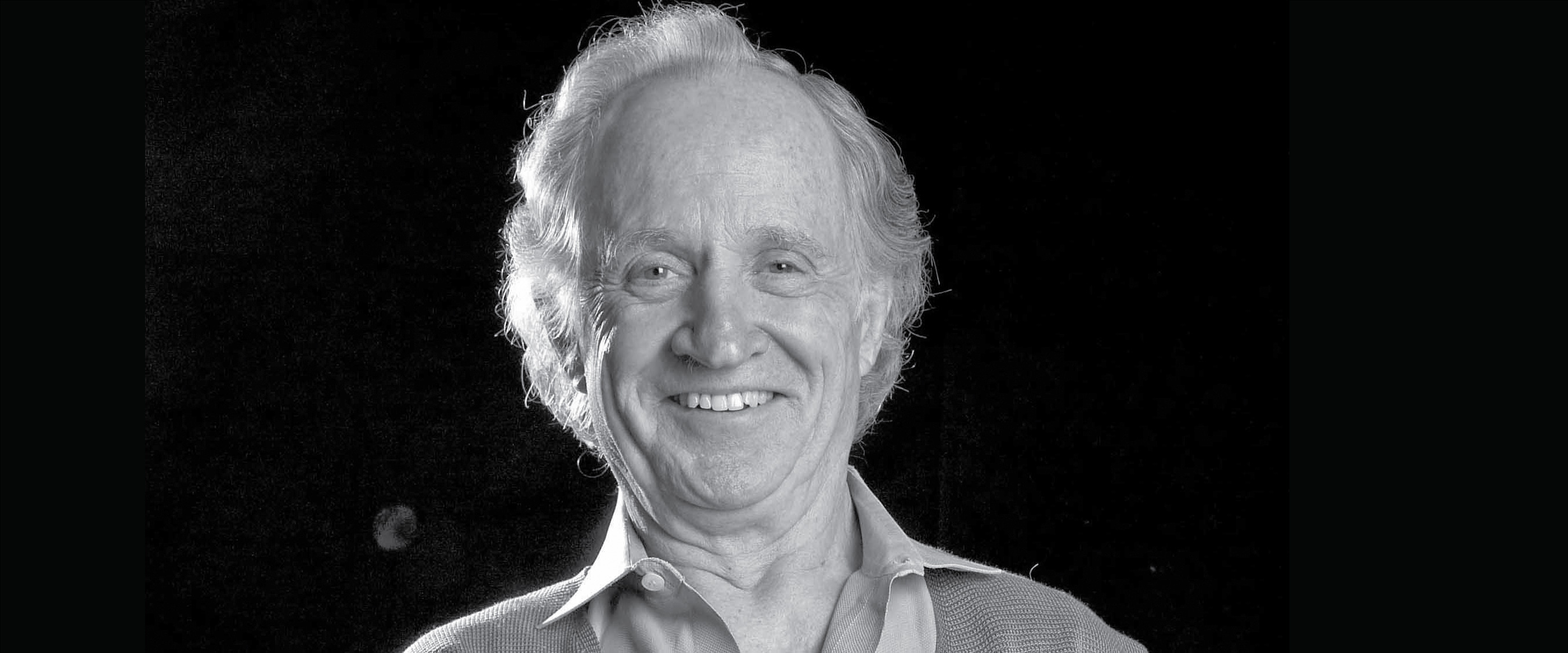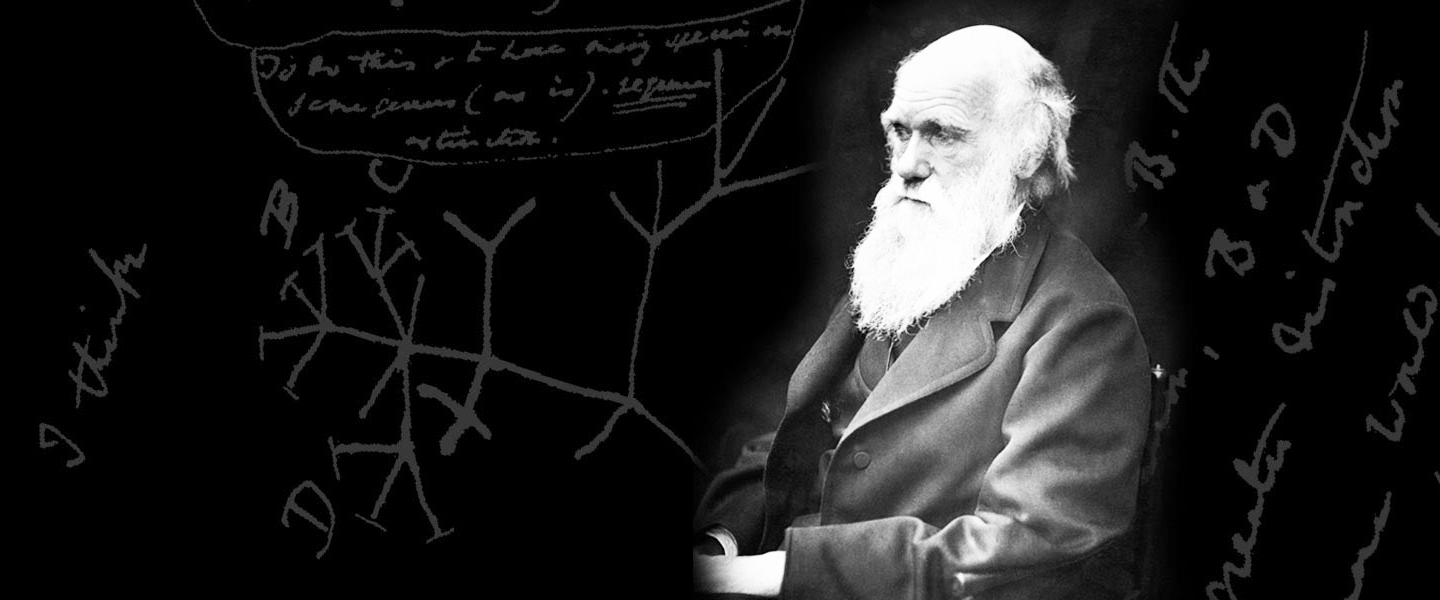20th March 2018.
Rainer Heintzmann, University of Jena
The 5th seminar of the series on Light Microscopy entitled Super resolution microscopy will be given by Rainer Heintzmann of the University of Jena on the 20 March, 4.00 pm in the College lecture theatre. The poster of the series can be downloaded here.
Two further recently developed modes of lightsheet imaging will also be presented. Lightwedge microscopy aims at mesoscopic imaging of fixed and optically cleared samples at 1 µm isotropic resolution without the need for sample rotation. The key-idea is to focus a lightsheet at an unusually high NA (thus the name “lightwedge”) and still obtain a large field of view due to refocusing of the lightwedge and stitching the multiple small regions of thin illumination back together. This has been simplified by electrical tunable lens technology, which has become available recently. The second mode is hyperspectral Raman imaging in a lightsheet illumination configuration [1]. To recover the spectral information a full-field Fourier-spectroscopic approach has been chosen. The difficulty here is that in a Michelson approach, it would be technically very hard to maintain the angular stability and common path approaches usually tolerate a relatively low product of étendue and maximal optical path difference. We thus developed an optically stable Mach-Zehnder like scheme based on the use of retro-reflecting corner cubes, which is inherently stable. This enabled us to obtain full spectrally-resolved Raman images consisting of over four million spectra in about 10 minutes. Advantages over the conventional Raman imaging are the reduced maximum power on the sample and out of focus heating, the lightsheet-inherent good suppression of crosstalk from the illumination side and the avoidance of glass close to the sample mounting. Light sheet illumination for Raman imaging at few specific wavelengths was previously reported [2]. With a total laser power of 2W at an illumination wavelength of 577 nm, we obtained images (2048 × 2048 pixels) of polystyrene beads, zebrafish and a root cap of a snowdrop at a spectral resolution of 4.4 cm-1 with only few minutes of exposure. The olefinic and aliphatic C-H stretching modes, as well as the fingerprint region are clearly visible along with the broad water peak of the embedding medium. Spectrally resolved spontaneous Raman microscopy therefore promises high-throughput imaging for biomedical research and on-the-fly clinical diagnostics.
[1] W. Müller, M. Kielhorn, M. Schmitt, J. Popp, R. Heintzmann, Light sheet Raman micro-spectroscopy, Optica 3, 452-457, 2016.
[2] Ishan Barman, Khay Ming Tan, Gajendra Pratap Singh, “Optical sectioning using single-plane-illumination Raman imaging”, J. Raman Spectrosc., 41, 1099–1101 (2010)
